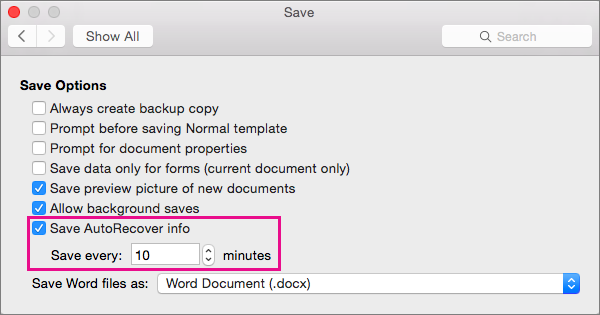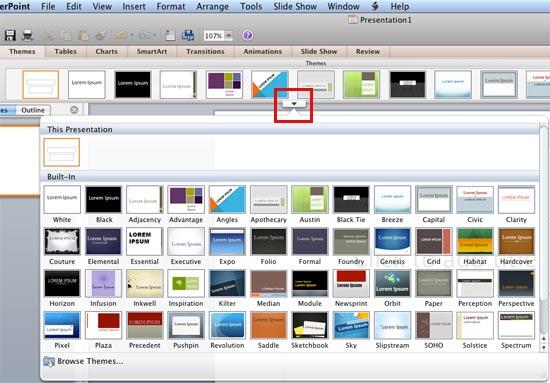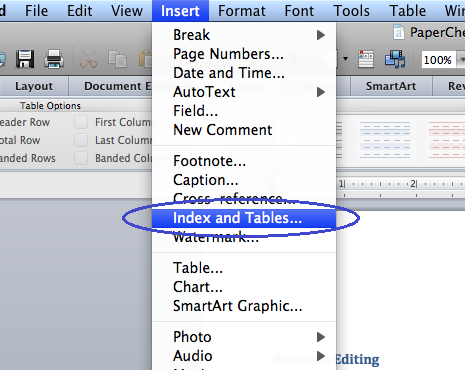
If you are using Word 2016 for Mac, go to /Users/ username/Library/Group Containers/UBF8T346G9. In the Open dialog box, browse to the folder that contains the Normal.dotm file. If you open Normal.dotm from the Finder, Word will create a new blank document based on the template. To make changes to Normal.dotm, you must open the file from Word. You can customize the Normal template and change default settings for many aspects of a document, such as text formatting, paragraph formatting, document formatting, styles, text, pictures, AutoText entries, and keyboard shortcuts.

On the Format menu, click Document, and then click the Layout tab.Ĭhange other default settings in the Normal template For example, the layout attributes for new blank documents are based on the Normal template. On the Format menu, click Document, and then click the Margins tab.Ĭhanging the default layout in any template means that the section breaks, headers and footers, and other layout attributes are used in every new document that is based on that template.

It does not work with Mac Word 2011 because that Mac version of VBA did. For example, the margins for new blank documents are based on the Normal template. You can use trim formula, Excel Find & replace or special Excel add-in to clean. Make any changes that you want, and then click Default.Ĭhanging the default margins in any template means that the margin settings are used in every new document that is based on that template. On the Format menu, click Font, and then click the Advanced tab. Open the template or a document based on the template whose default settings you want to change. For example, the character spacing for new blank documents is based on the Normal template. Changing the default font also changes the Normal style, which affects any other style that is built on the Normal style.Ĭhanging the default character spacing in any template means that the settings for scale, spacing, position, kerning, and other typographic features are used in every new document that is based on that template. :-).Note: Most of the styles in Word are based on the Normal style. The only exception is the Multilevel Lists, but that for another time. When you want to make edits, do it from the Styles window. :-) Build the additional styles you need, build the template, then use the Styles window to modify. Word now starts using that Style instead of the one you've been using. You just created a new style, automatically, and it gets imported into your document styles list. When changing things from menu icons, numbering will start going crazy. When you have styles already built, as with a template, use the Style window styles, only. That is a huge NO-NO when with a template. When you use auto-numbering from a Heading style, most people will start using the Numbering icon in the main menu. I can think of one, and that's if you plan to use the same document style for every document. If anyone can tell me real advantages to using "Style based on", I would love to hear them. I recommend that you create every style as a standalone style, and not use "Based on". It might be a little more work to build a template with the Styles window, but not really. When changing any attribute, it leaves more work. Documents normally have different (Heading) font sizes, for example. It can be any attribute of the Based on style.font, color, font size, etc. When you do that, anything changed in the first style gets changed in all of the others it's based on. Sorry Chip! Now I understand your question. After the copy, click Close, the style importing is finished. There will be a description under the left box when you select a style in the box. You also can delete or rename the style.ģ. (Press Ctrl+click or Shift + click to select multiple styles)Ģ. And these two files can copy the style from each other. Where the arrow point to will be the place import style. After opening the file you want to import style from, you can select the style of the file in the right box and click Copy, it will copy the style to the left box. You can search the file you want according to the format by clicking A, and also can enter the name of the file in File name box to quickly search it. Click Open File, and select the file you want to import style from, then click Open. There will be another popup dialog, click Close File in the right, and the check box will be replace with Open File.

Click Document Template under Develop Tab, there will be a popup dialog, and click Organizer. Step 1: Open the document you want to import style to in Word then click File > Options> Custom Ribbon to add the Developer under the Main Tabs to ribbon.


 0 kommentar(er)
0 kommentar(er)
